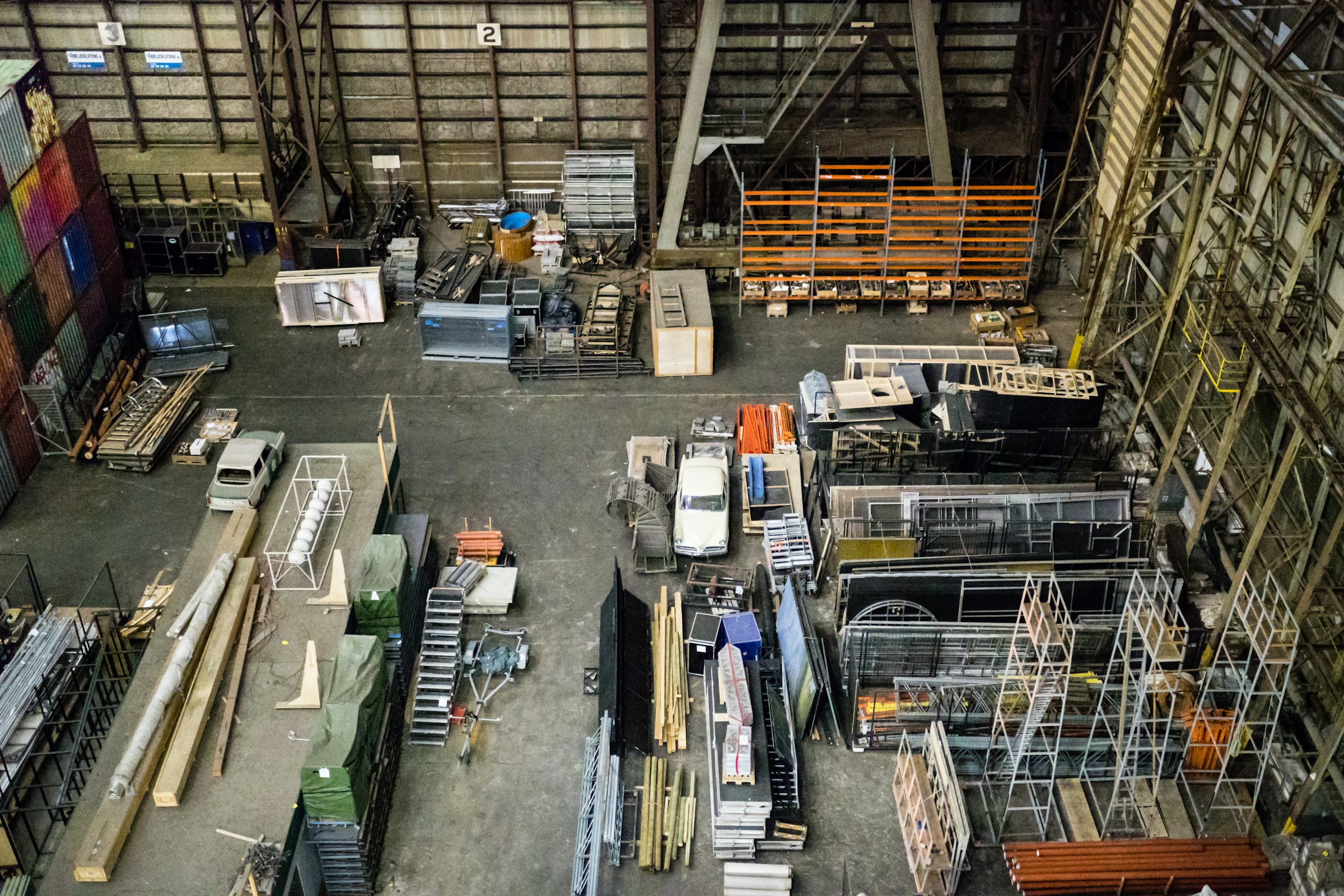Sustainable waste management is a critical aspect of modern manufacturing that holds significant potential for environmental and economic benefits. In the UK, developing a robust waste management plan for manufacturing plants is crucial to reducing waste, conserving resources, and minimizing environmental impact. This article outlines the steps to create an effective waste management plan tailored for manufacturing plants in the UK, focusing on resource efficiency, waste reduction, and sustainability.
Understanding Waste Streams in UK Manufacturing
Developing a sustainable waste management plan starts with a comprehensive understanding of the various waste streams generated in manufacturing processes. Solid waste, hazardous waste, and specific industrial by-products need to be identified and categorized.
Have you seen this : What Are the Best Practices for UK Non-Profits to Maximize Fundraising Efforts?
Manufacturing activities often produce sizeable amounts of solid waste, including packaging materials, scrap metals, and other by-products. Understanding these waste streams helps in devising strategies tailored to their efficient management and recycling. Hazardous waste, on the other hand, requires special handling and disposal methods to prevent environmental contamination and ensure public health safety.
A clear identification and categorization of waste streams facilitate the development of a waste hierarchy, prioritizing waste reduction, reuse, and recycling. This step ensures that the most environmentally friendly and cost-effective waste management practices are implemented. Additionally, understanding the specific waste streams helps in the planning of waste treatment processes and in compliance with regulatory requirements.
Also to discover : What Are the Benefits of Implementing Remote Monitoring in UK Manufacturing?
The Role of Government Policies and Regulations
Government policies and regulations play a significant role in shaping waste management strategies. In the UK, national planning policies and regulations set by authorities such as the Environment Agency establish frameworks that manufacturing plants must adhere to.
The UK’s waste management regulations emphasize the importance of the waste hierarchy, encouraging activities that reduce, reuse, and recycle waste before considering disposal options like landfills. Compliance with these regulations not only ensures the legal operation of manufacturing plants but also promotes sustainable practices.
Manufacturers must stay updated with the latest waste strategy documents and regulatory guidelines to align their waste management plans with national goals. This includes understanding the requirements for hazardous waste management and adhering to specific handling, labeling, and disposal procedures.
Moreover, government incentives and grants can support the adoption of sustainable waste management practices. By leveraging these resources, manufacturing plants can enhance their waste management efficiency and reduce operational costs. Engaging with policy developments and participating in governmental programs can lead to better resource efficiency and environmental outcomes.
Implementing the Waste Hierarchy
The waste hierarchy is a fundamental concept in sustainable waste management, prioritizing waste prevention, followed by reuse, recycling, recovery, and disposal as the last resort. Implementing this hierarchy in manufacturing plants involves several steps aimed at minimizing waste and maximizing resource recovery.
Waste Prevention
Preventing waste at the source is the most effective way to manage waste. This can be achieved through improved manufacturing processes, better materials handling, and product design that minimizes waste generation. For instance, optimizing production lines to reduce material offcuts and implementing lean manufacturing principles can significantly cut down on waste.
Reuse and Recycling
Reusing materials and products within the manufacturing process can drastically reduce waste. This includes repurposing offcuts, reworking defective products, and using returnable packaging. Recycling involves processing waste materials to make new products, thus diverting waste from landfills. Establishing a robust recycling program within the plant can help in handling various recyclable materials like metals, plastics, and papers.
Recovery
Energy recovery from waste is another viable option in the waste hierarchy. Technologies such as waste-to-energy incineration convert waste materials into usable forms of energy, such as electricity or heat. This process not only reduces the volume of waste sent to landfills but also provides a renewable energy source.
Disposal
Disposal should be the last resort in the waste management plan. When waste cannot be prevented, reused, recycled, or recovered, disposal options like landfills and incineration should be considered. Ensuring that disposal methods comply with environmental regulations and minimize environmental impact is crucial.
Effective Waste Management Strategies
Developing effective waste management strategies is essential to ensure sustainable practices in manufacturing plants. These strategies encompass a range of activities from daily operations to long-term planning.
Conducting a Waste Audit
A waste audit is the first step in formulating an effective waste management strategy. This involves analyzing the types and quantities of waste generated, identifying sources of waste, and assessing current waste management practices. The findings from the waste audit provide valuable insights for designing targeted waste reduction measures.
Employee Training and Engagement
Employee involvement is critical for the success of any waste management plan. Providing training and raising awareness about waste management practices ensures that employees understand their roles and responsibilities. Engaging employees through initiatives like waste reduction competitions and reward schemes can foster a culture of sustainability within the plant.
Collaborating with Suppliers and Customers
Collaboration with suppliers and customers can enhance the effectiveness of waste management strategies. Working with suppliers to source environmentally friendly materials and design products that are easier to recycle can reduce waste at the source. Educating customers about proper disposal and recycling methods for the products can extend the waste management efforts beyond the manufacturing plant.
Utilizing Technology and Innovation
Incorporating technology and innovation into waste management practices can lead to significant improvements in efficiency and sustainability. Advanced waste sorting systems, automated recycling processes, and the use of data analytics to track waste generation and identify reduction opportunities are some examples of how technology can aid waste management.
Planning for Future Developments
As the manufacturing industry evolves, so too must waste management practices. Planning for future developments involves staying ahead of trends, adapting to new regulations, and continuously improving waste management processes.
Staying Informed
Staying informed about advancements in waste management technologies, best practices, and regulatory changes is vital. Engaging with industry associations, attending conferences, and subscribing to relevant publications can help manufacturing plants stay updated.
Setting Long-term Goals
Setting long-term sustainability goals aligns waste management practices with broader environmental and economic objectives. These goals can include targets for waste reduction, recycling rates, and energy recovery. A clear roadmap with measurable milestones ensures continuous improvement and accountability.
Investing in Research and Development
Investing in research and development can lead to innovative waste management solutions and processes. Exploring new materials, improving recycling technologies, and developing sustainable product designs can significantly contribute to waste reduction and resource efficiency.
Engaging with Stakeholders
Engaging with stakeholders, including employees, suppliers, customers, and the community, fosters a collaborative approach to waste management. Regular communication and feedback mechanisms ensure that the waste management plan remains relevant and effective.
Developing a sustainable waste management plan for UK manufacturing plants is a multifaceted endeavor that requires a comprehensive understanding of waste streams, adherence to government regulations, and the implementation of effective waste management strategies. By following the waste hierarchy, conducting waste audits, engaging employees, collaborating with suppliers and customers, utilizing technology, and planning for future developments, manufacturing plants can significantly reduce waste, improve resource efficiency, and contribute to a circular economy.
In conclusion, a well-planned and executed waste management strategy not only benefits the environment but also enhances operational efficiency and sustainability. By embracing these practices, manufacturing plants can play a pivotal role in promoting a greener and more sustainable future for the UK.












